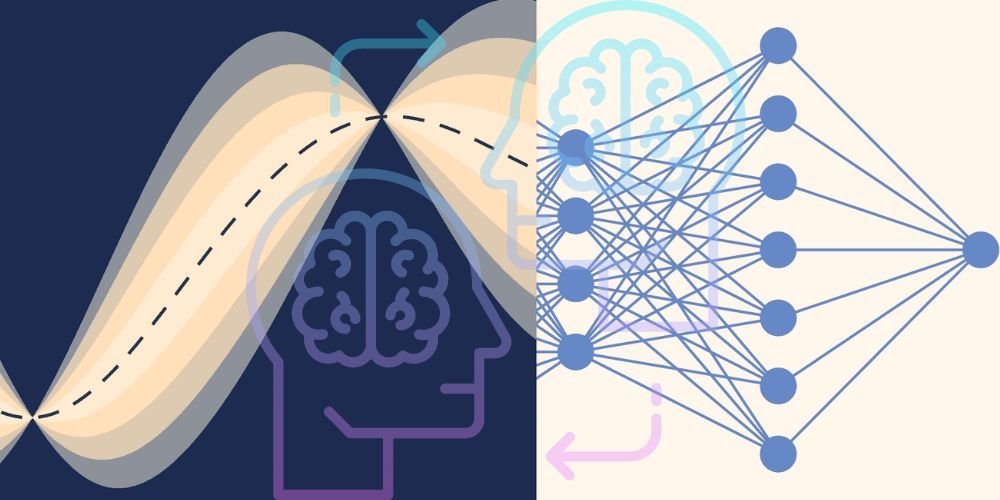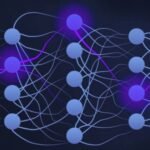Transfer learning, a paradigm in machine learning, is redefining the landscape of artificial intelligence by leveraging knowledge gained in one domain to improve performance in another. In traditional machine learning, models are trained on specific tasks with isolated datasets. However, transfer learning allows models to generalize their learning, applying knowledge acquired in one context to excel in related or even disparate domains. This approach promises faster, more efficient learning and the ability to tackle complex challenges across diverse domains.
Knowledge Transfer Across Domains
At its core, transfer learning is about knowledge transfer. Instead of starting from scratch for each new task, models can build upon the knowledge gained from previously learned tasks. It is particularly impactful in scenarios where data is scarce or expensive. Models can achieve better performance and generalization by transferring knowledge from a source domain with abundant data to a target domain with limited data.
Pre-trained Models and Feature Extraction
One of the key applications of transfer learning is the use of pre-trained models. Models trained on massive datasets for generic tasks, such as image recognition, language understanding, or speech processing, can be fine-tuned for specific tasks or domains with relatively limited data. It accelerates the learning process and allows models to adapt quickly to new challenges, making it a valuable tool in computer vision, natural language processing, and audio processing.
Cross-Domain Applications
Transfer learning’s ability to cross domains is a game-changer. Models trained in one field, such as healthcare or finance, can transfer their knowledge to unrelated domains like agriculture or manufacturing. This versatility opens the door to interdisciplinary solutions, where AI can address challenges that span diverse industries. The adaptability of transfer learning is particularly valuable in addressing real-world problems that often require synthesizing knowledge from multiple domains.
Continuous Learning and Adaptation
Transfer learning introduces a dynamic aspect to machine learning models by enabling continuous learning and adaptation. As models encounter new data or tasks, they can continually refine and expand their knowledge base. This adaptability is crucial in an ever-evolving technological landscape, where quickly assimilating new information and applying it across domains is a competitive advantage.
Conclusion
Transfer learning is not just a technique; it’s a paradigm shift in how we approach machine learning. By enabling knowledge transfer across domains, accelerating learning with pre-trained models, and fostering adaptability in the face of diverse challenges, transfer learning is unlocking new possibilities for AI. As we continue to push the boundaries of what AI can achieve, transfer learning stands out as a foundational concept, propelling us toward a future where AI seamlessly bridges the gaps between different domains, accelerating progress and innovation.











